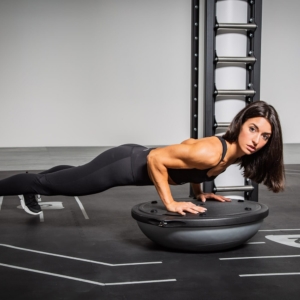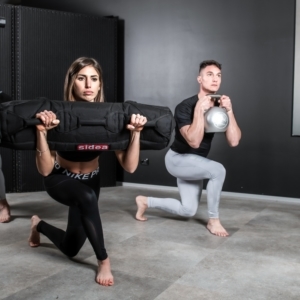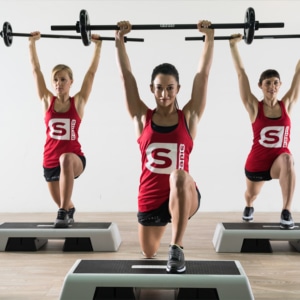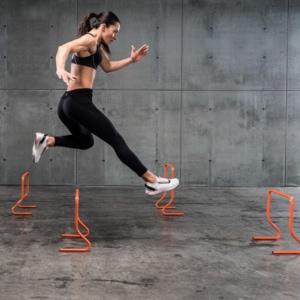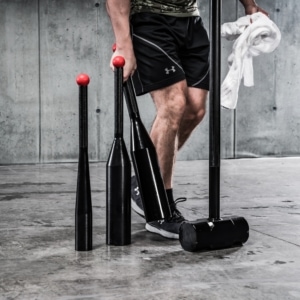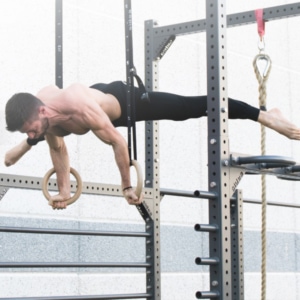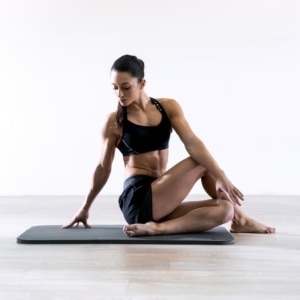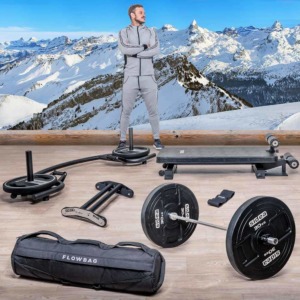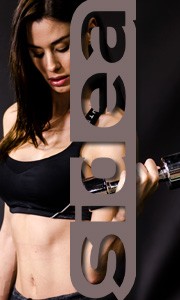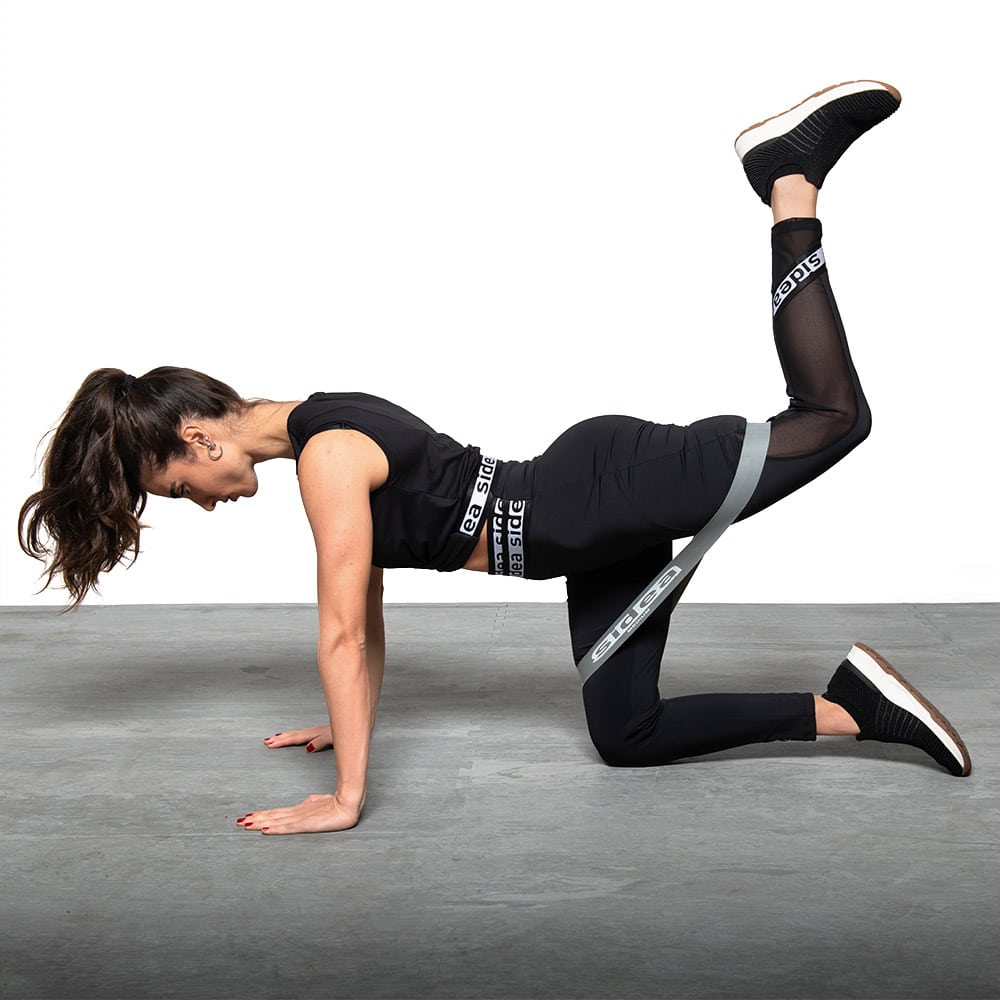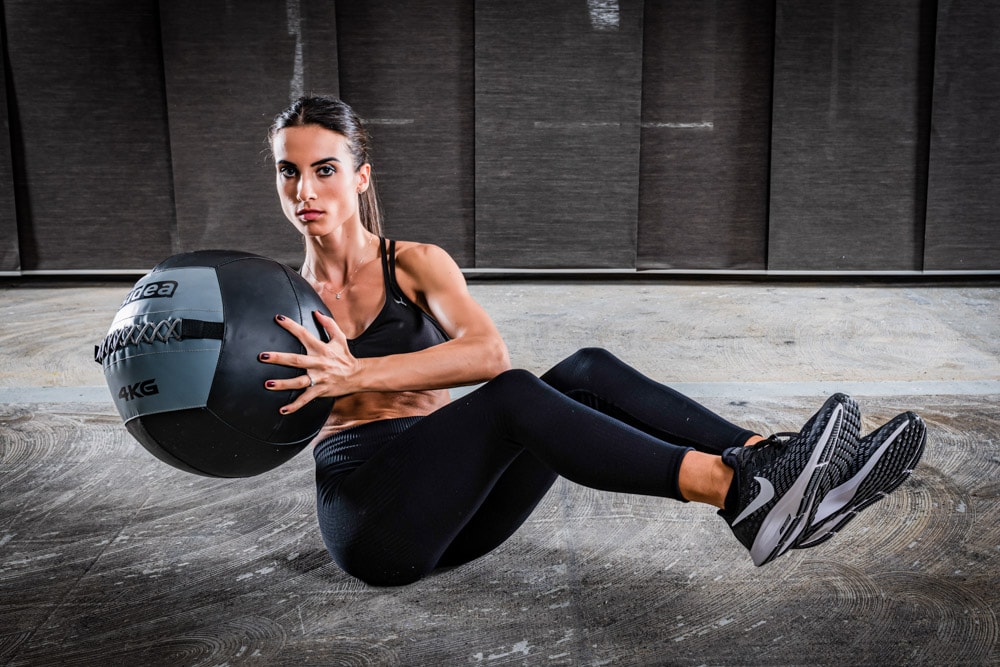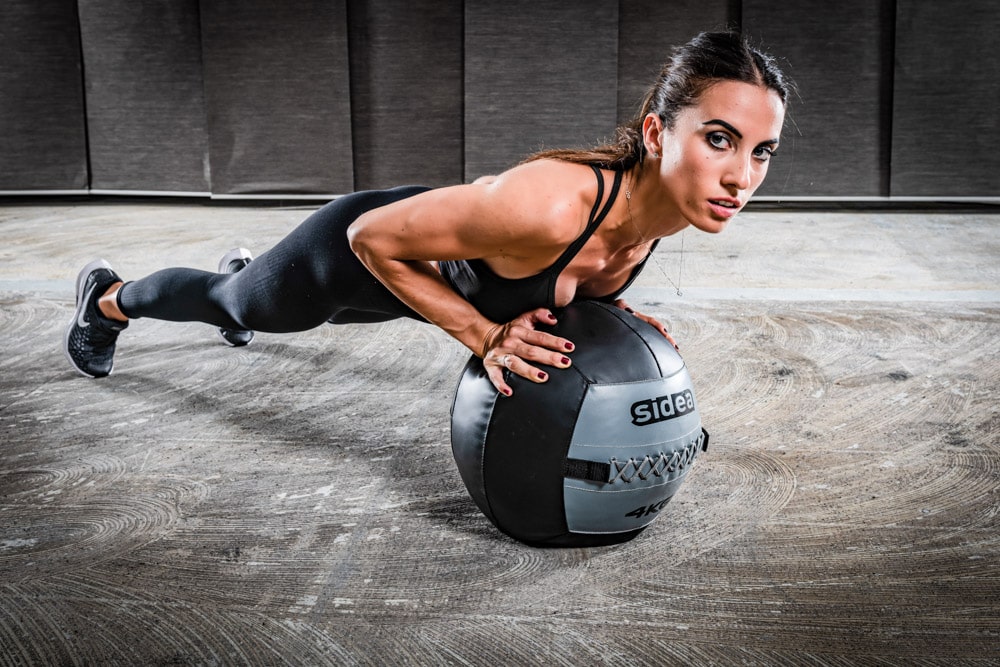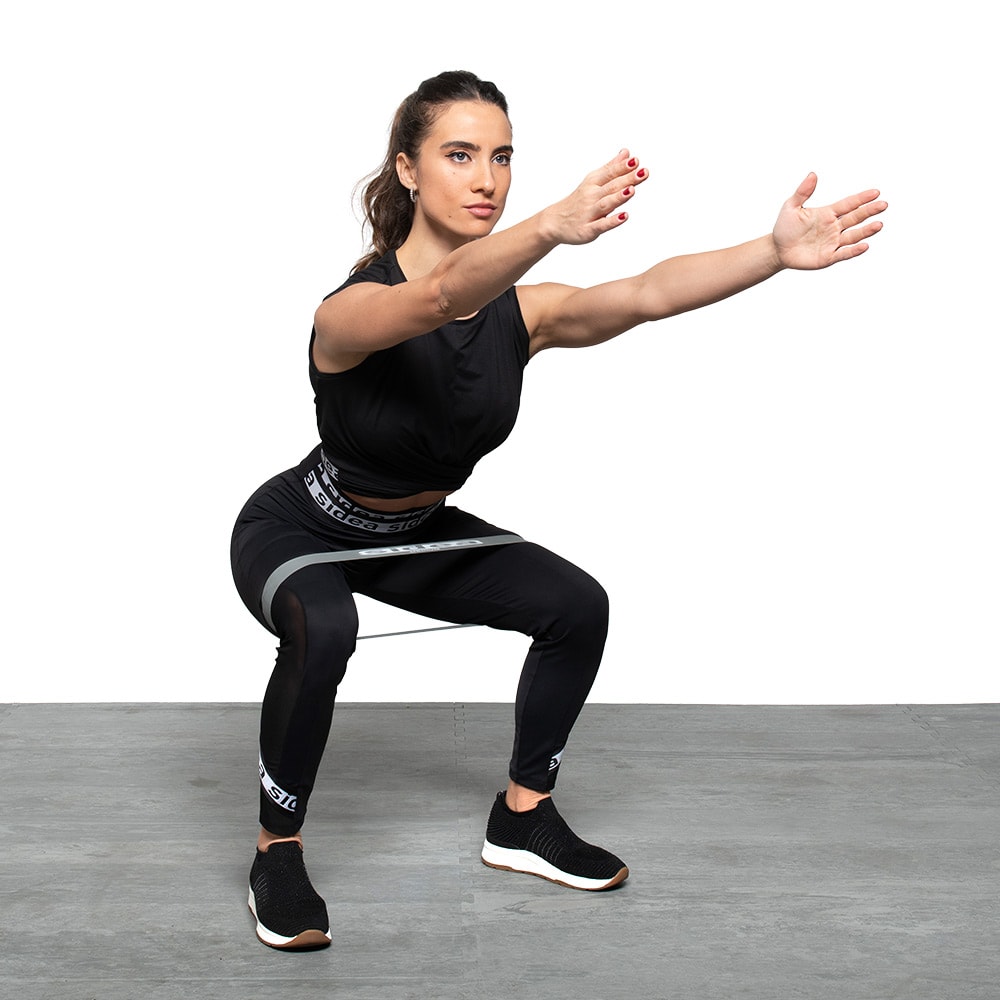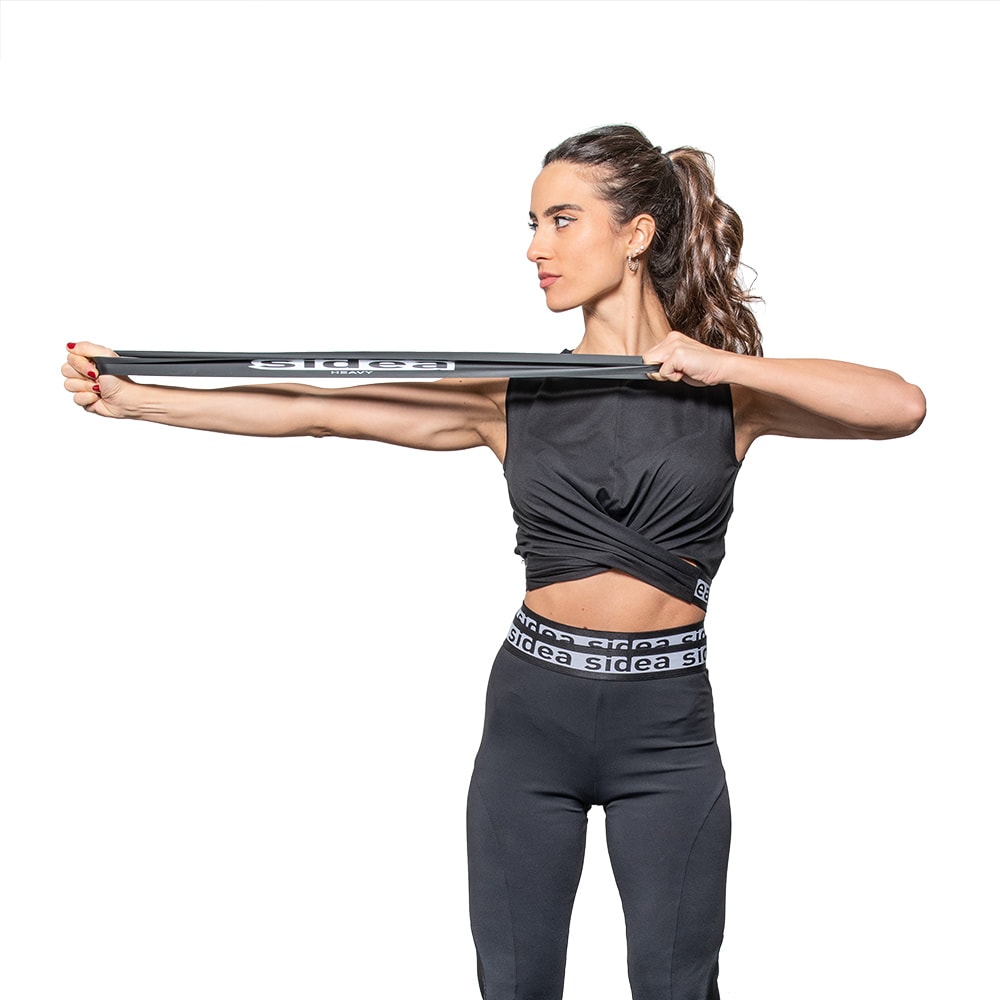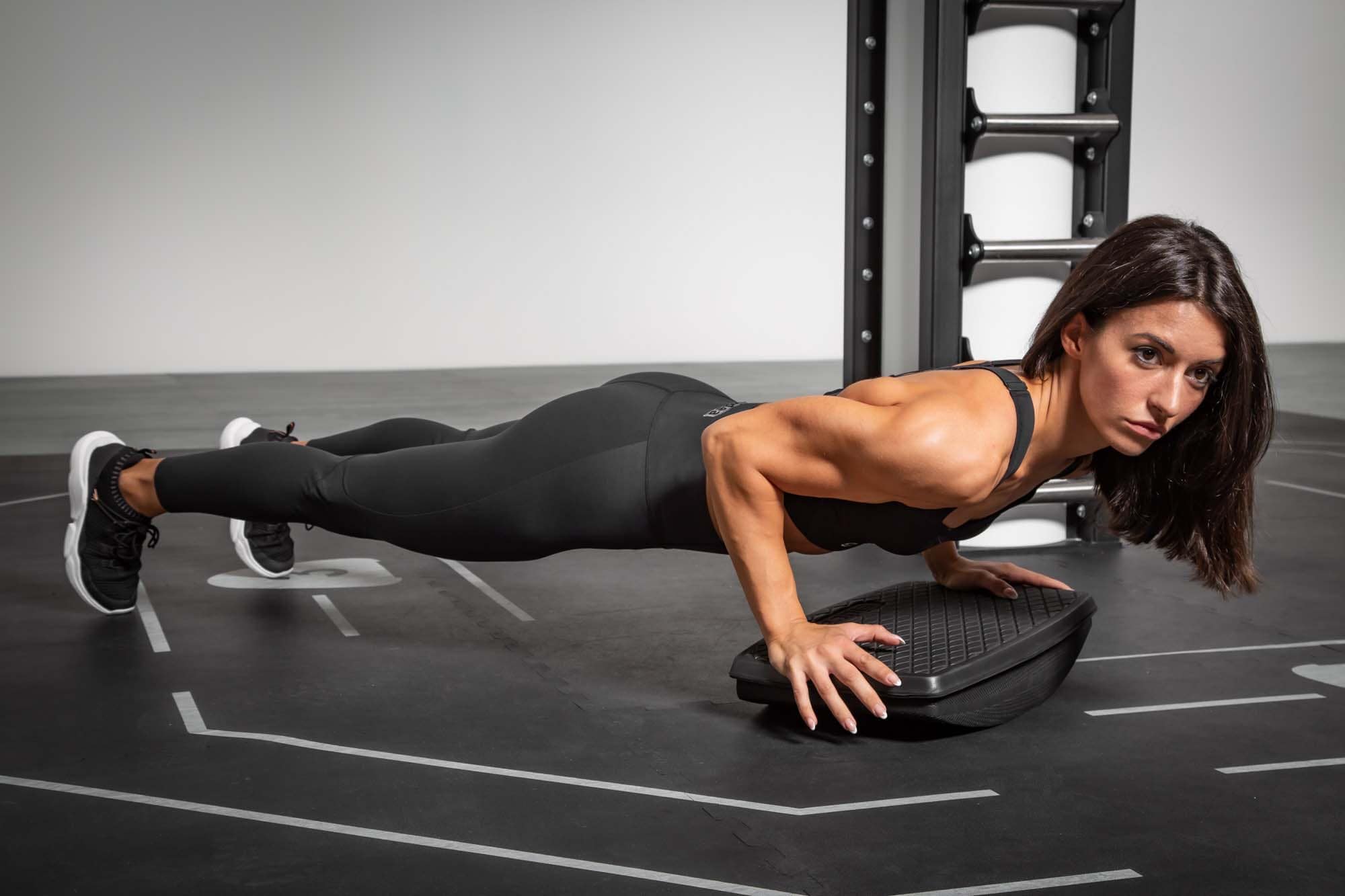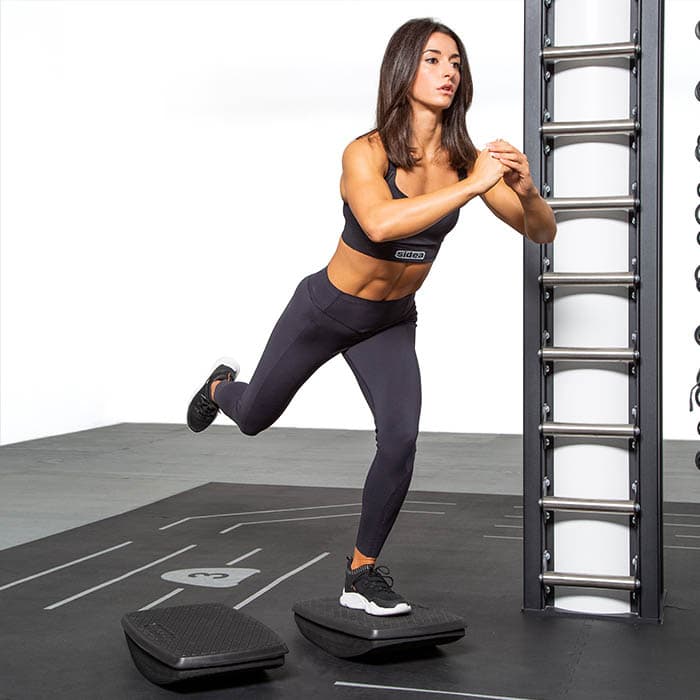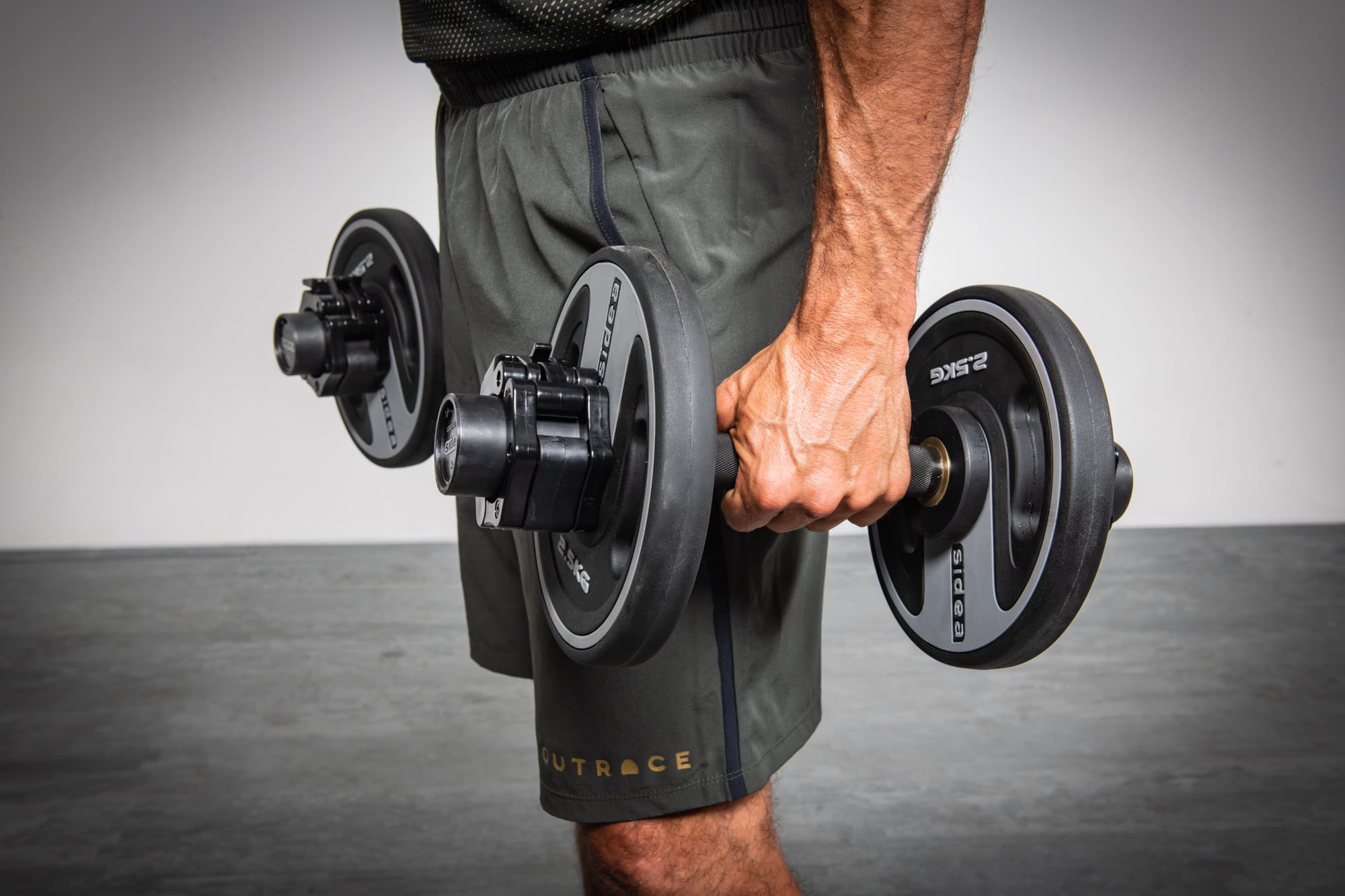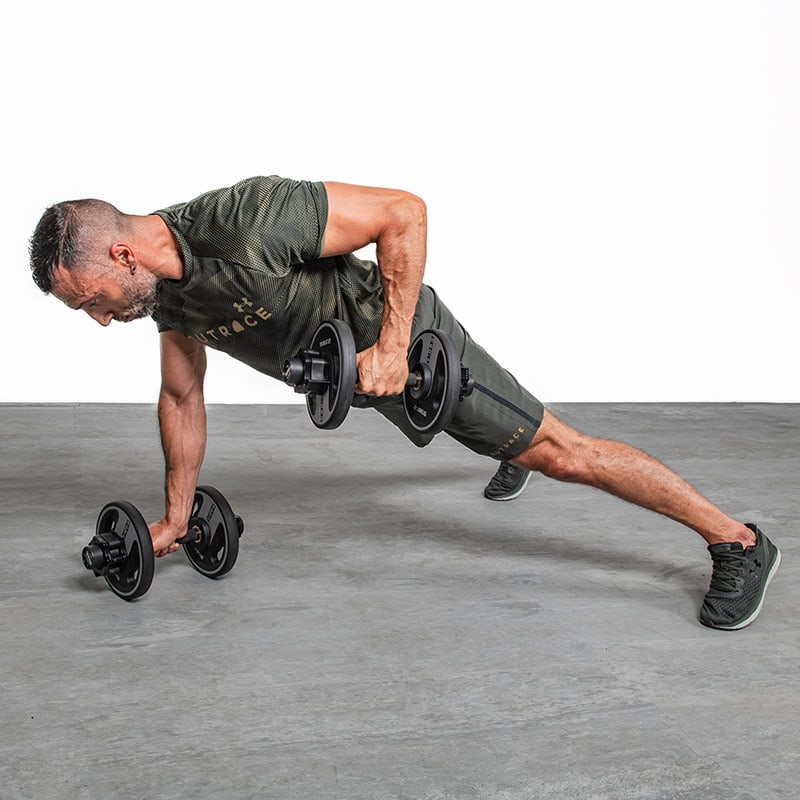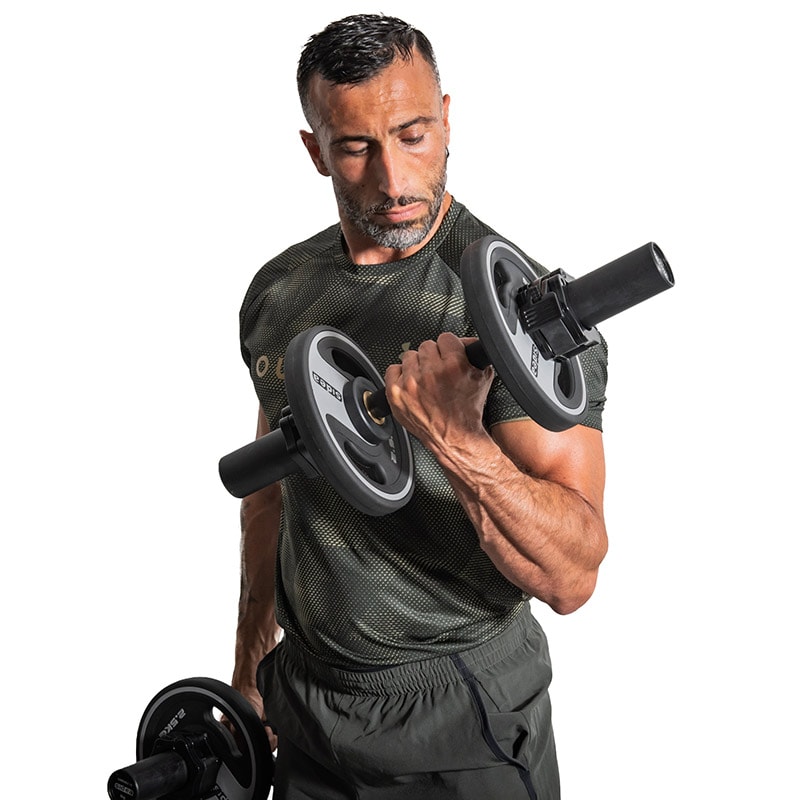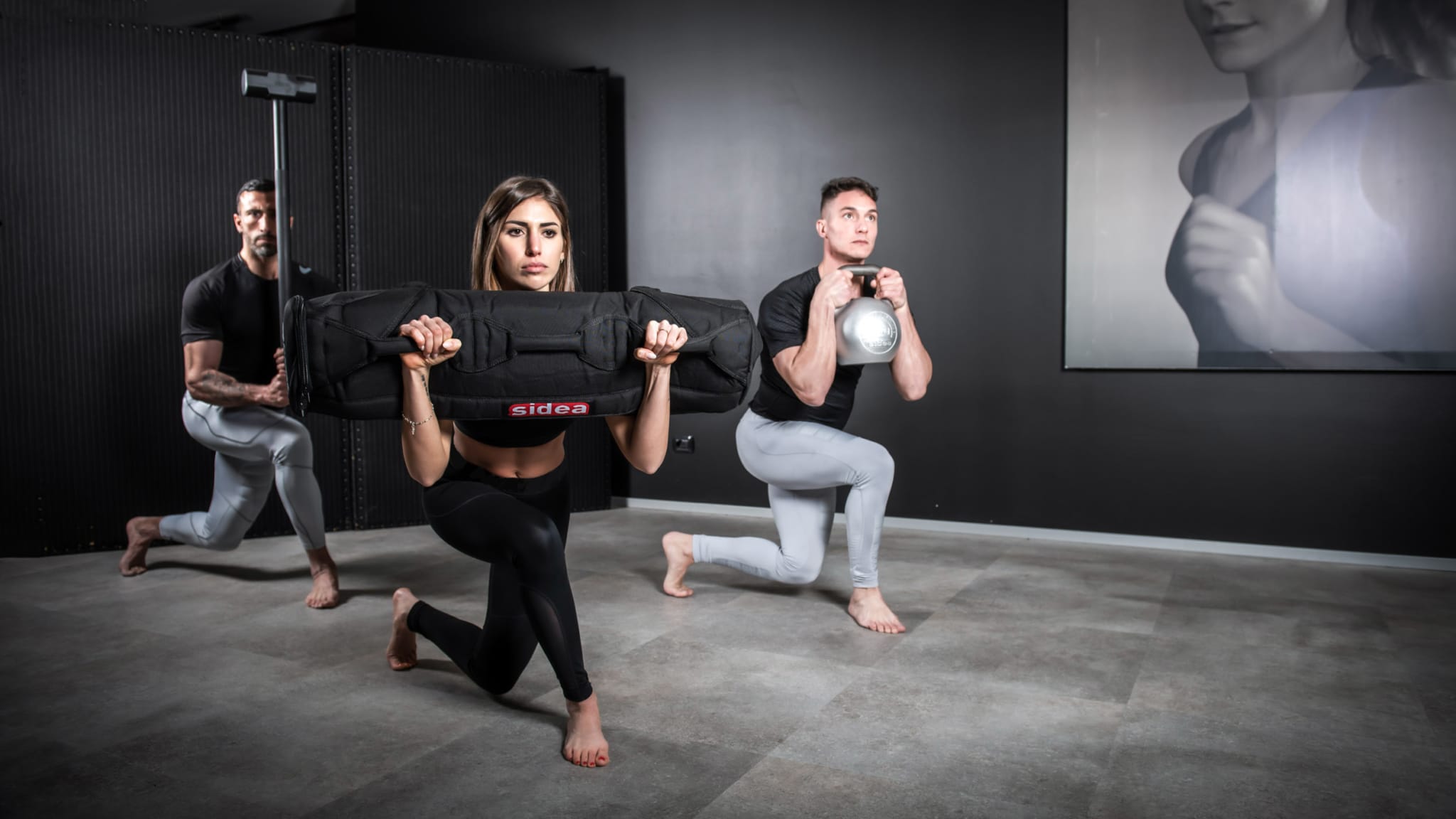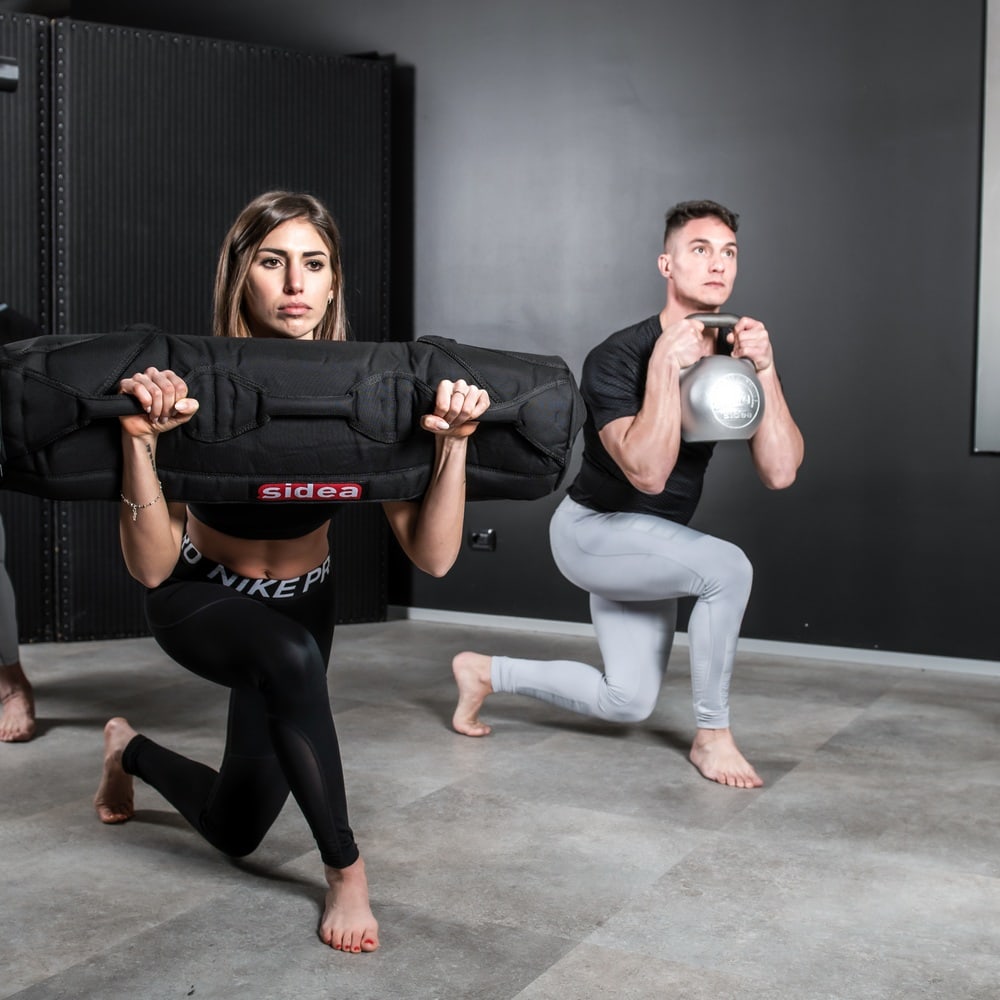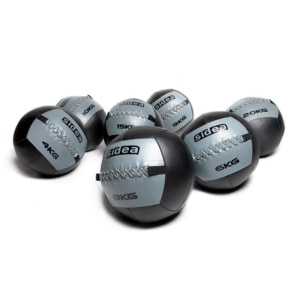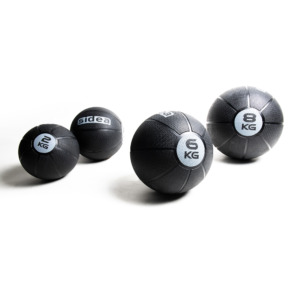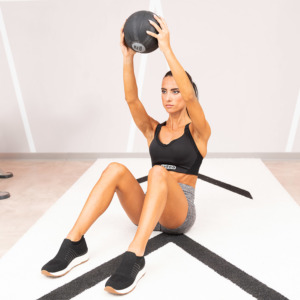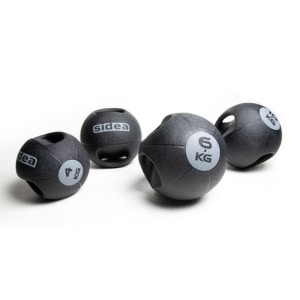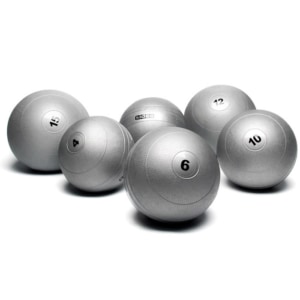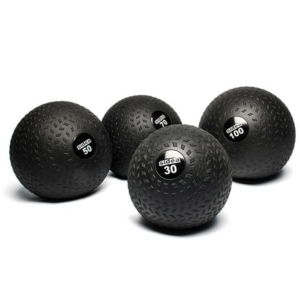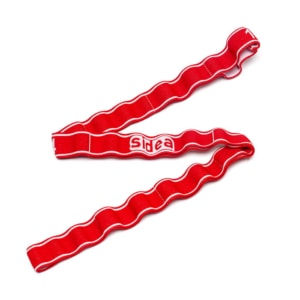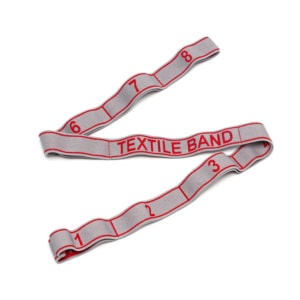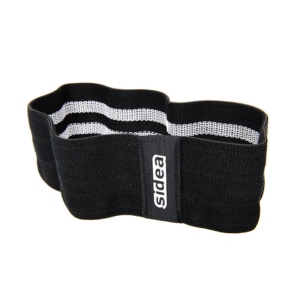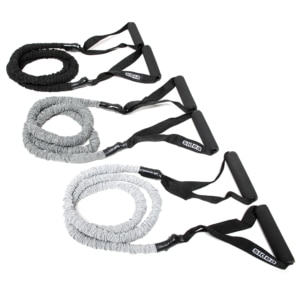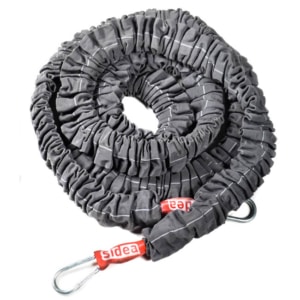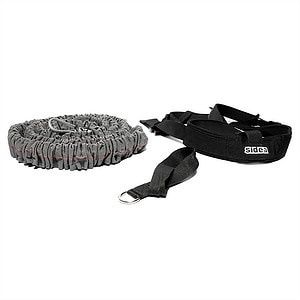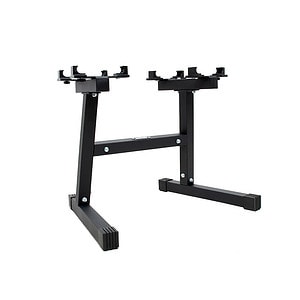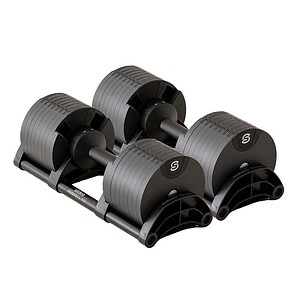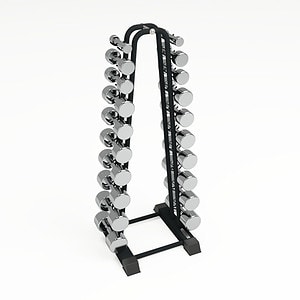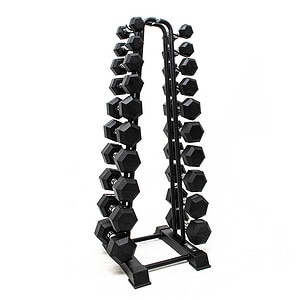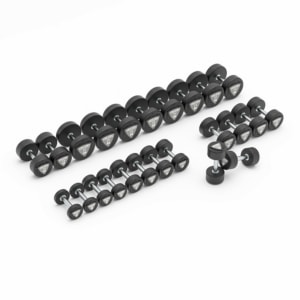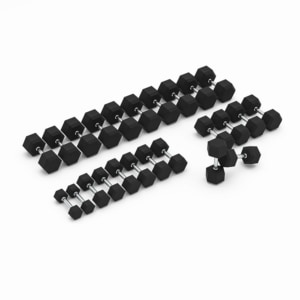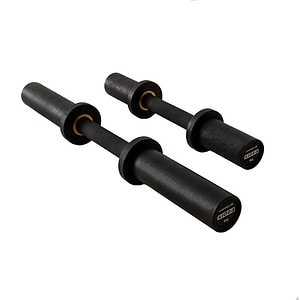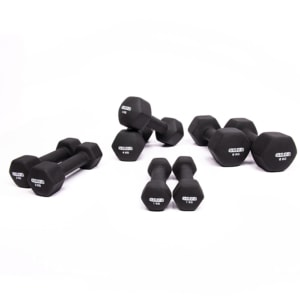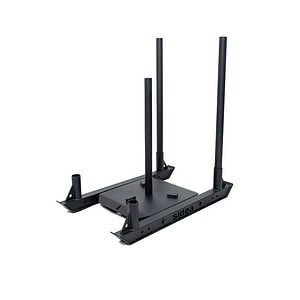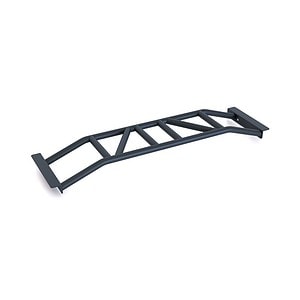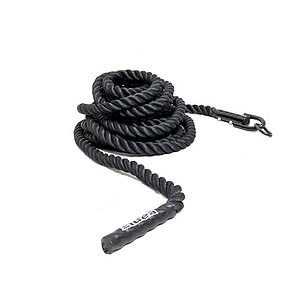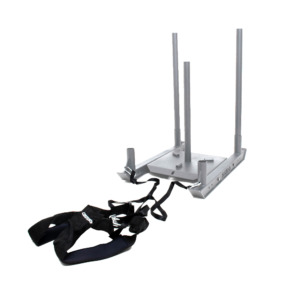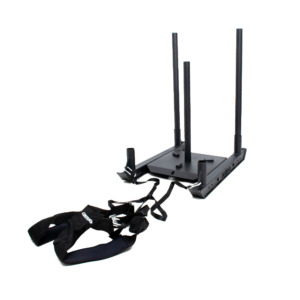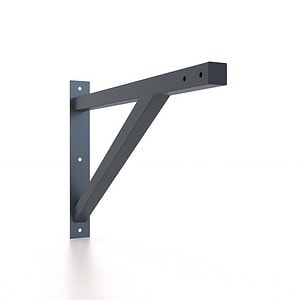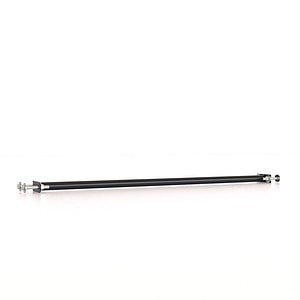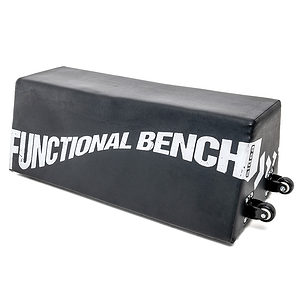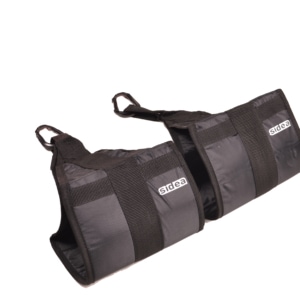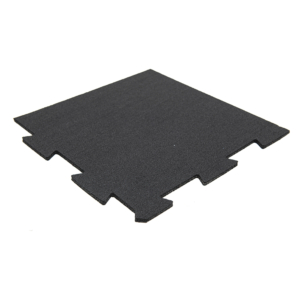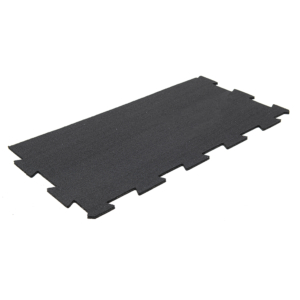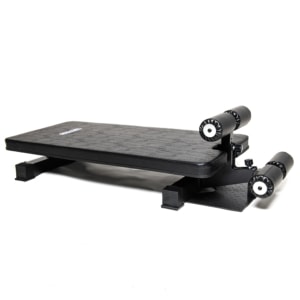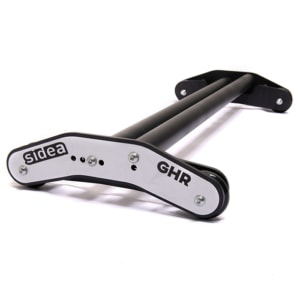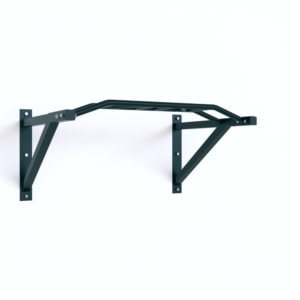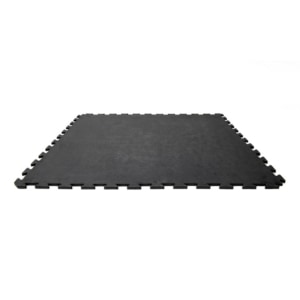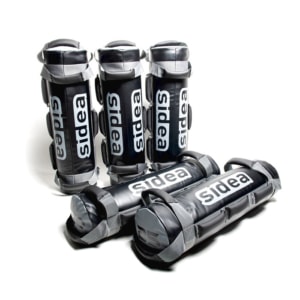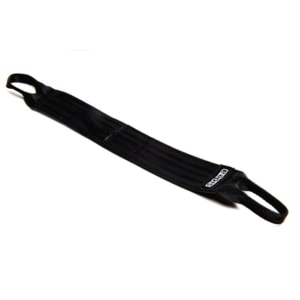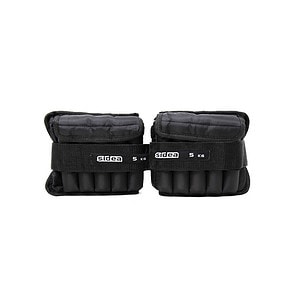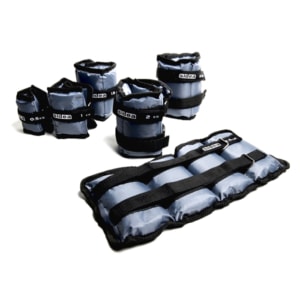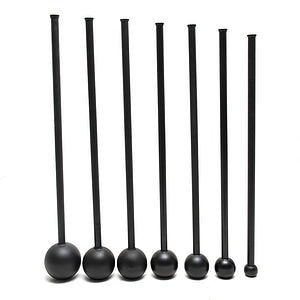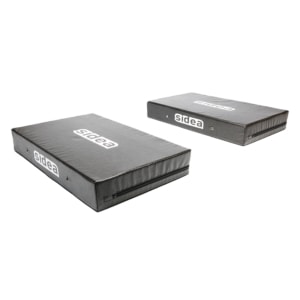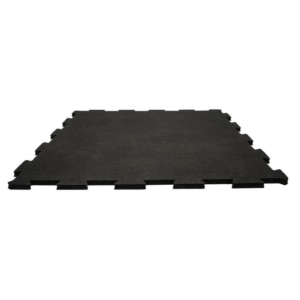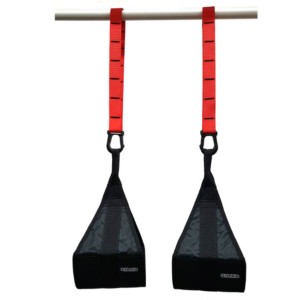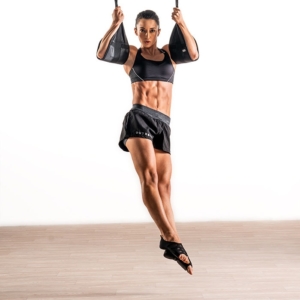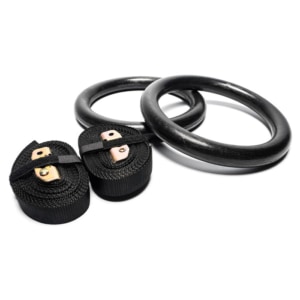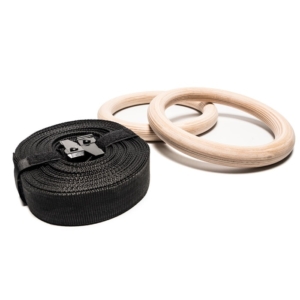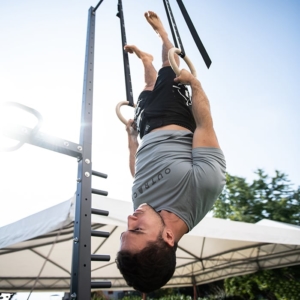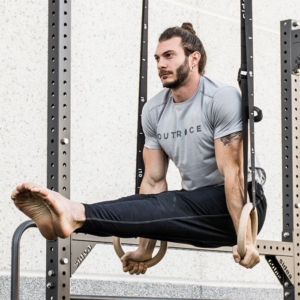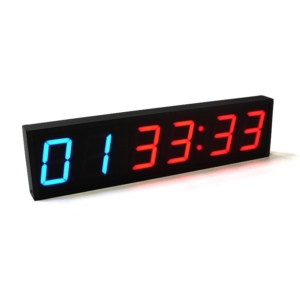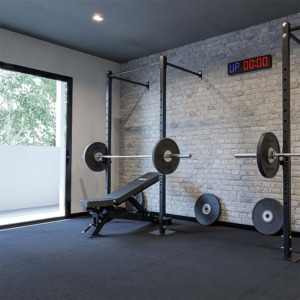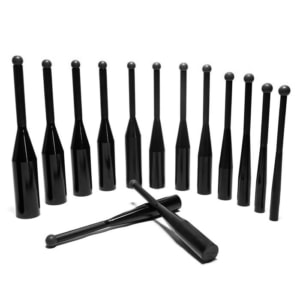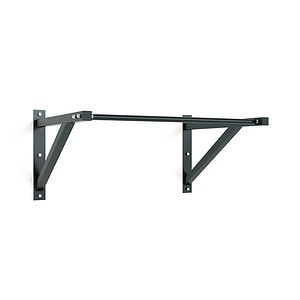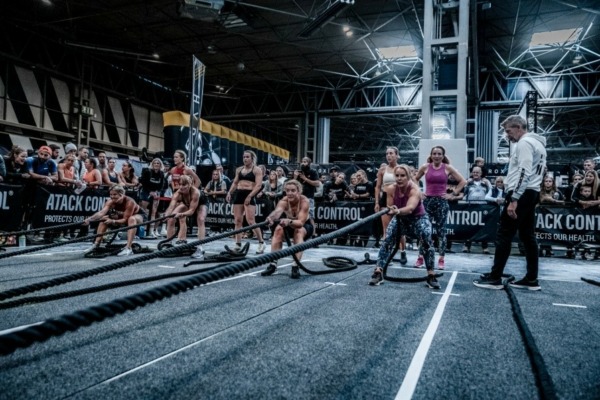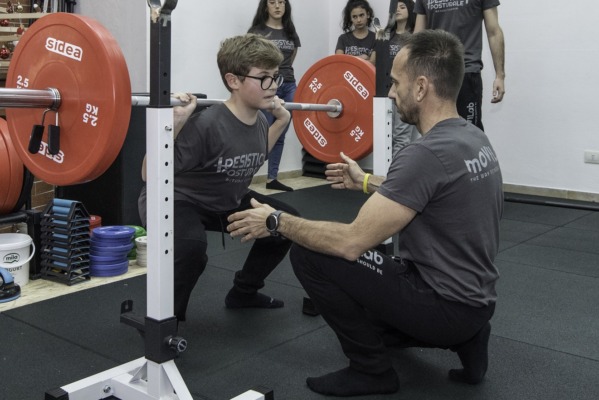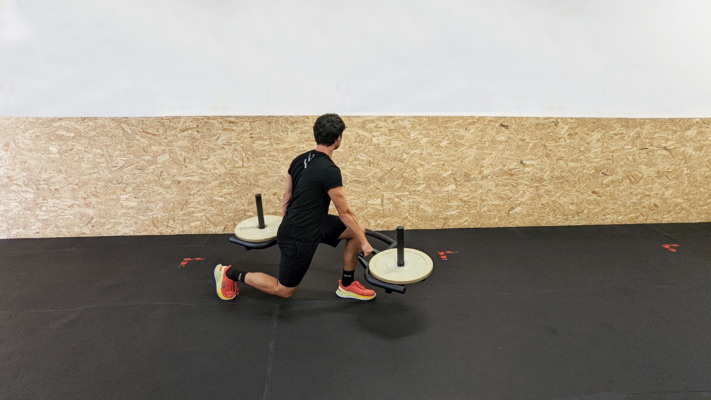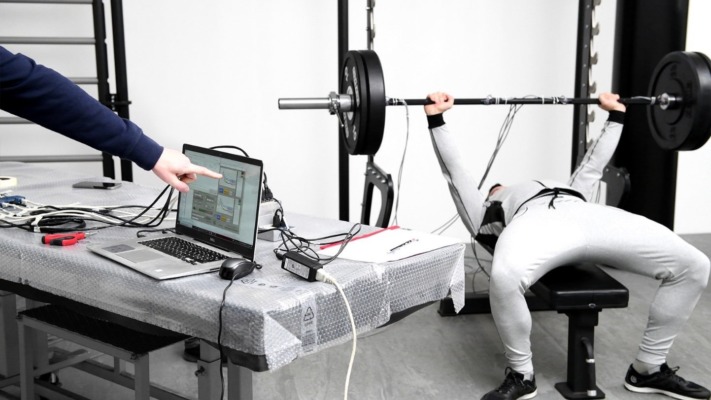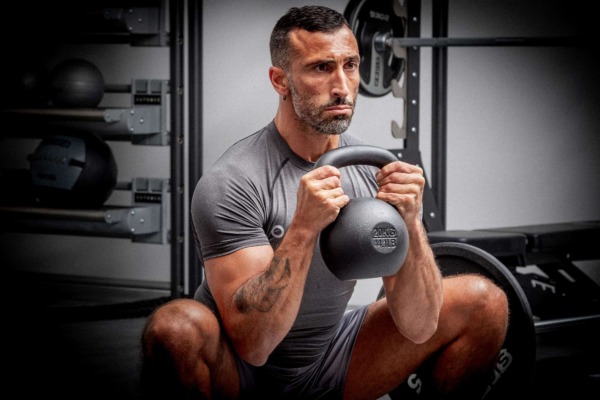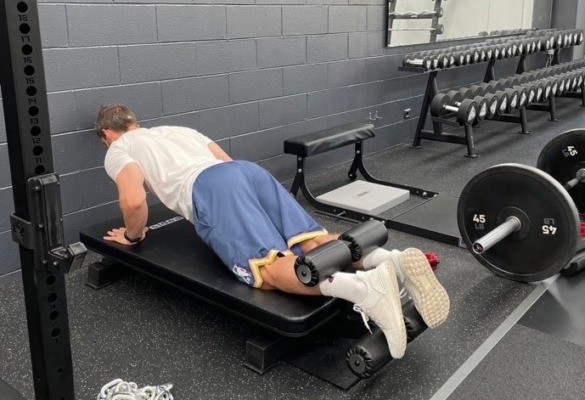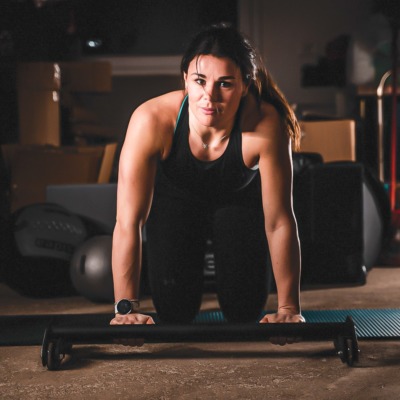Virtual classes, online personal training classes and do-it-yourself workouts have become the new trend in the fitness world. Due to the current situation, there are many people who have tried to compensate for the closure of fitness centres with online classes or by purchasing equipment in order to train at home.
Home fitness has always been present on the training scene, but it was often used as an alternative or replacement for the gym for short periods. To be able to train independently requires a great deal of willpower, decisiveness and knowledge of what you are doing; it is difficult to overcome the enthusiasm and fun that is created during a group class at your own centre or a class with your personal trainer.
In addition to this issue, which should not be underestimated, there are some ‘beliefs’ that can lead people to interrupt or lose continuity in their workouts at home, among them the lack of adequate equipment.
In fact, there is a widespread belief that it is impossible to train without isotonic machines or large loads because without them you will not achieve the desired results.
What do I need?
Very little is needed! A dumbbell, a medicine ball, elastic bands or barbells makes little difference; proper training tailored to your equipment will get you the desired results.
Functional training is definitely a valid option! Functional training should not be understood as circuit training in which you work in a time-based manner.
Unfortunately, this definition is widespread, as everything that is not part of body building has been dubbed ‘functional’. Actually, functional training refers to global training where we do not sectoralise movements, isolating the muscles responsible for them, but train motor skills as a whole.
Everyday life requires global movements, and even more so the actions of an athlete need all-round capabilities. Therefore, this training method is well suited to body building, performed with different types of exercises and movements from the more commonly suggested ‘golden exercises’, to specific athletic training, to improving strength and for weight loss.
Which training method is most effective?
Each method can be more or less effective, depending on the goal to be achieved. Using just your own body weight and a dumbbell, you can practise many different training methods. Have you ever heard of:
- Superset
- Triset
- Stripping
- Rest breaks
- Bulgarian method
- Hiit
- Pyramidal
These are some of the most commonly used methods that can make our training more fun, engaging and effective.
If you don’t have large loads, the solution may be to create a sequence of synergetic exercises so that you can gradually stimulate the districts concerned, thus improving strength, hypertrophy and power.
Hypertrophy and low loads
As we all know, in order to have a hypertrophic stimulus, we should work with loads approaching 75-85% of our 1RM. Unfortunately, few people have such a large amount of load, but don’t worry, here are some examples of exercise combinations that can meet your needs:
- Superset: In this method, two exercises are performed one after the other, recovering only at the end of the second. The exercises can be either agonist (they perform the same movement or follow the same principle, e.g. two push exercises) or antagonist (they perform two opposite and opposite movements, e.g. biceps and triceps). This method is really useful because you can perform the first exercise using your own body weight (which represents the greatest load to move) such as a push-up or a pull-up, for example, while the second exercise, which involves the use of our equipment, can be a complementary exercise such as a fly on a flat bench, an overhead press or a bent over row. By following this principle we will be able to get that hypertrophic stimulus which only the use of large loads can create.
- Triset: same principle as the superset in which an additional exercise is added. With this method we try to have maximum muscular stimulation, approaching the desired muscular ‘failure’. An example could be: Push ups – Overhead press with dumbbells or elastic bands – Fly with dumbbells or Lateral raise.
- Stripping or Triple drop set: this method is widely used in body building and consists of scaling the load by performing the same number of repetitions successively, e.g. Arm curl 8+8+8. In this case you start with a high load and at the end of the sixth repetition it is scaled down so that you can immediately complete the next six, and so on. If there isn’t any possibility of scaling the load, we could always perform stripping by playing on the progression and regression of the exercises. To give you an example, if we wanted to focus on the lower limbs, we could start with 8 repetitions of squat jumps followed by 8 repetitions of squats with overload and finally 8 repetitions of half squats. In this case, the load is “scaled” so that we can continue to perform the desired movement while modifying the muscle activation and engagement.
- Rest pause or Cluster: this technique consists of performing as many repetitions of a given movement as possible until you reach the point of inability to perform it correctly, recover for 10-20 seconds and resume performing the movement. Using low loads, you can use this method by working in TIME BASED, i.e. working for a given time without giving importance to the number of repetitions. We can in fact perform an exercise for 30″, rest for 10″, perform it again for 20″ and recover completely.
Weight loss and low loads
If the goal is weight loss, one solution may be to alternate multi-joint and dynamic exercises performed free-body, with exercises more targeted at certain muscle groups using the equipment available. Dynamic multi-joint exercises have the great advantage of significantly increasing the heart rate as they ‘move’ the whole body in a coordinated manner. Alternating these exercises with others more specific to certain muscle groups will have a double advantage:
- Firstly, we will be able to alternate moments of high intensity (during multi-joint exercises) with moments of ‘recovery’ or low intensity (exercises with equipment), thus managing to complete our workout and avoiding the ‘debacle’ due to excessive intensity that could occur when performing exercises with high loads.
- Secondly, it will make training more dynamic and fun than the classic training programme in which cardio machines alternate with isotonic machines.
Conclusions
Whether or not you have the possibility of having big loads, this should not discourage you from continuing or embarking on a training path.
There are so many possibilities and techniques for achieving tangible results without the need for state-of-the-art equipment such as that found in a fitness centre.
Functional training, whether it is aimed at an aesthetic objective such as body building or slimming, is a valuable ally for programming our workouts, improving both our performance and our lifestyle, as it takes into account all the skills we need, strength, flexibility, coordination, mobility and balance.
Functional Training products:
Matteo Zoffoli
- Professional athletic trainer and expert in high-intensity training.
- Athletic trainer for Cesena Calcio in the 2015-16, 2016-17, 2017-18 seasons with the role of strength and conditioning coach.
- Fitness consultant regarding programming and evaluation of functional training activities, athletic preparation and online coaching.


